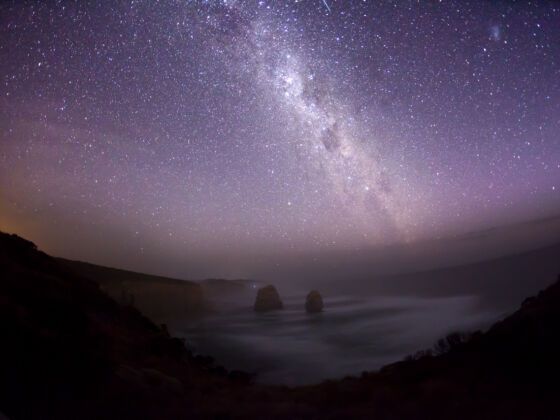The different constellations
The moon, planets, and most constellations — like those of the zodiac — are visible all over the world. However, constellations that appear closer to the North and South Poles are only visible to the corresponding hemisphere. Those constellations — called circumpolar constellations — stay above the horizon all night orbiting the pole.
That’s why northerners see the Big Dipper all night, all year while the southerners never see it. On the other hand, only southerners can view the Southern Cross, the iconic constellation represented on the Australian and New Zealand flags.
Another southern circumpolar constellation is Vela. Vela harbors a neutron star — the Vela Pulsar — which rotates 11 times per second and whose intense magnetic field emits audible pulsating radio signals.
